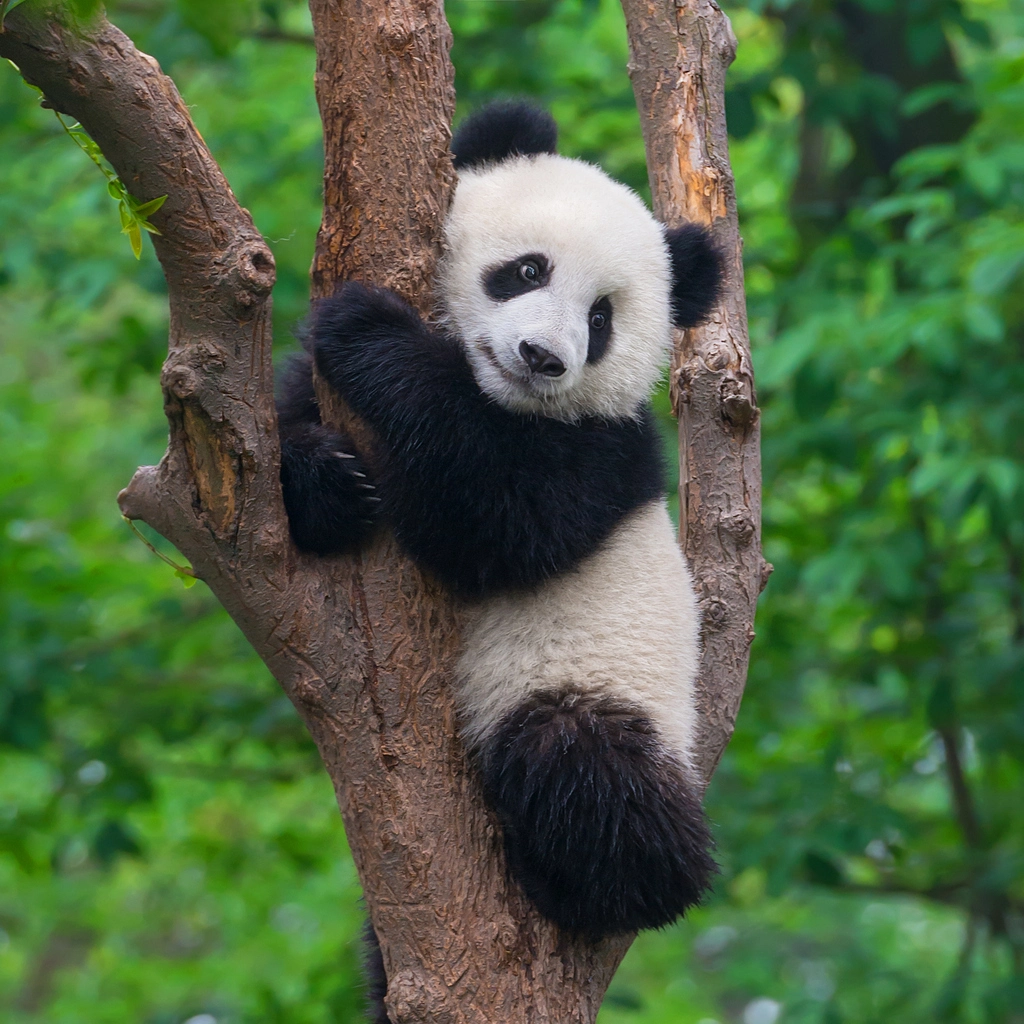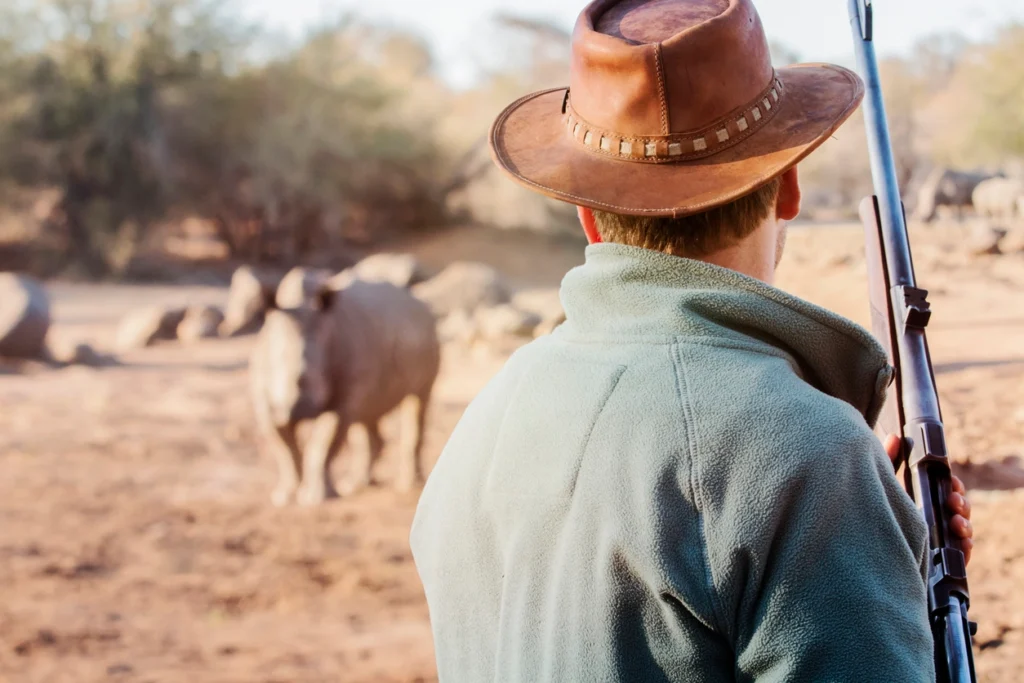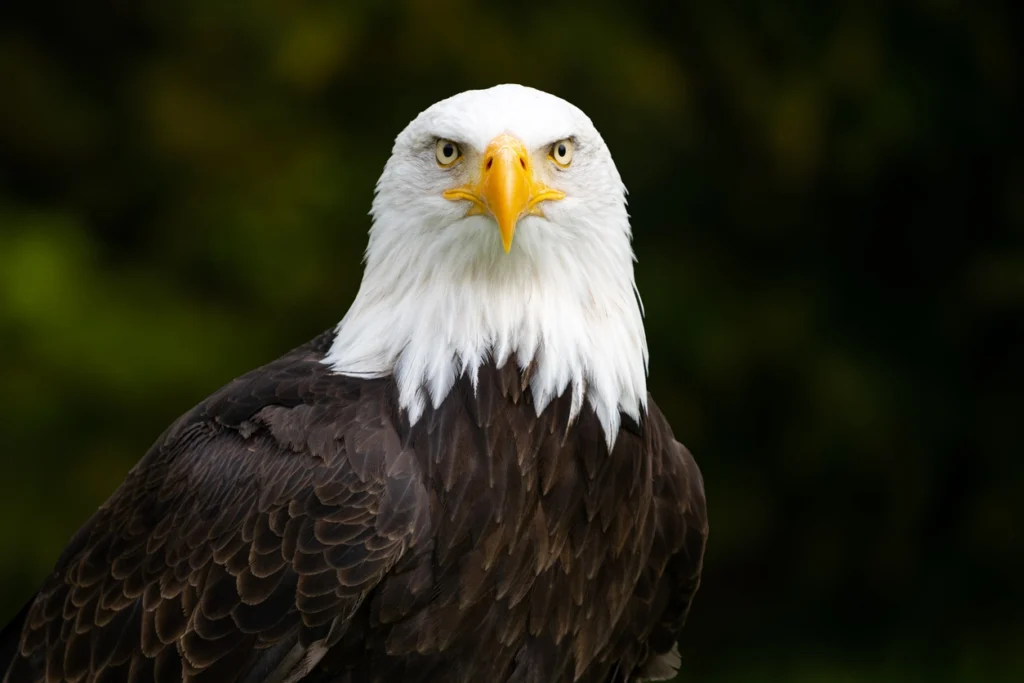Have you ever wondered what the difference is between an endangered species and a threatened one? While both terms signal that a species is in trouble, there’s a crucial distinction in how urgent the risk is.

Why Does This Distinction Between Endangered Vs. Threatened Species Matter?
Understanding the levels of endangerment is essential because it guides conservation efforts. Endangered species get the highest priority in protection plans, with resources focused on their immediate survival. Threatened species receive important protections too, aimed at preventing them from becoming endangered.
Defining the Terms
To understand the urgency behind “endangered” and “threatened,” we need reliable definitions. Here’s where the IUCN Red List and legal frameworks come into play:
IUCN Red List
The International Union for Conservation of Nature (IUCN) Red List is the world’s most recognized system for classifying species’ risk of extinction. Let’s look at the key terms:
- Endangered (EN): A species facing a very high risk of extinction in the wild. Think of these species as teetering on the brink of disappearing forever.
- Threatened (VU): A species considered likely to become Endangered in the near future if threats to its survival are not addressed.
U.S. Endangered Species Act (ESA)
- The Endangered Species Act provides a legal framework for protecting species within the U.S. Its definitions are similar to the IUCN’s:
- Endangered: A species in immediate danger of extinction throughout all or most of its range.
- Threatened: A species likely to become endangered within the foreseeable future.
Global vs. Local
It’s important to note that countries and regions may have their own endangered species lists and slightly different definitions. These lists consider the specific threats a species faces within that area.

What Factors Determine Threat Level?
It’s not just about how many individuals of a species remain. Scientists look at a range of critical factors to assess how close a species is to extinction:
Population Size
A small population is inherently more vulnerable to extinction. Random events or diseases can wipe out a small group more easily.
Rate of Decline
If a species’ numbers are plummeting fast, it signals a rapidly increasing threat and a higher risk of extinction.
Threats
Scientists identify the specific dangers the species faces:
- Habitat Loss: Deforestation, development, pollution
- Poaching: Illegal hunting or capture for trade
- Climate Change: Altering habitats and food chains
- Invasive species: Outcompeting native species
Geographic Range
A species with a limited range is more vulnerable to localized threats. If their habitat is damaged, they might have nowhere else to go.
Protection Efforts
Species already under conservation management may have a better chance of recovery, shifting their status from endangered towards threatened or even out of immediate danger.
Species on the Brink: Examples of Endangered Species
- Giant Panda (IUCN Status: Vulnerable): A beloved symbol of conservation, pandas were once endangered due to habitat loss. Thankfully, concerted protection efforts focused on their bamboo forests have helped their numbers increase.
- Black Rhinoceros (IUCN Status: Critically Endangered): Rhinos are critically endangered primarily due to poaching for their horns, which are tragically used in some traditional medicine practices despite having no medicinal value.
- Blue Whale (IUCN Status: Endangered): The largest animal on Earth, blue whales suffered from commercial whaling and are now threatened by ship strikes and entanglement in fishing gear.
- Pangolin (IUCN Status: Varies by species, all threatened): These unique, scale-covered mammals are the most trafficked animal in the world. Poached for their scales and meat, their populations are plummeting.
- Vaquita (IUCN Status: Critically Endangered): The world’s smallest porpoise, the vaquita is found only in one small area of the Gulf of California. Less than 10 individuals likely remain and their primary threat is accidental entanglement in fishing nets.
It’s important to understand that even iconic species can slip towards extinction if threats aren’t addressed. It also highlights the importance of protecting lesser-known species that are equally vital to the health of our planet.

Hope for the Future: Examples of Threatened Species
While “threatened” is a serious conservation status, it often means there’s still a significant chance to reverse the decline and prevent extinction. Let’s look at a few inspiring examples:
- American Bald Eagle (Formerly Endangered): Our national symbol, the bald eagle, was once on the brink due to pesticide pollution. Bans on harmful chemicals, habitat protection, and reintroduction efforts led to an extraordinary recovery. They’re now considered “Least Concern” on the IUCN list.
- Gray Wolf (Status varies by region): Wolves were almost completely wiped out from the lower 48 United States. With protections and carefully managed reintroductions, wolf populations are making a comeback in some regions, though their status remains debated.
- Humpback Whale (IUCN Status: Least Concern): Intense commercial whaling nearly drove humpback whales to extinction. International bans on whaling and conservation efforts have led to a remarkable rebound in their numbers.
These success stories show that with dedicated action, even species pushed towards the edge can recover. This underscores the importance of protecting threatened species before their situation becomes critical.
From Threatened to Thriving: Conservation Success Stories
- American Alligator (Delisted from Endangered): Once hunted heavily for their hides, alligators faced a bleak future. Regulations banning hunting, along with habitat protection, allowed their populations to flourish. They were removed from the Endangered Species List in 1987.
- Success Factors: Legal protection, sustainable management practices, and a shift in public perception.
- Gray Whale (Delisted from Endangered): Commercial whaling decimated gray whale populations. After international whaling bans and the creation of protected marine sanctuaries, the Eastern Pacific population of gray whales rebounded and were delisted in 1994.
- Success Factors: International cooperation, strict hunting bans, and designated safe zones in their migration routes.
- A Note on Continued Challenges
Even delisted species often face ongoing threats like habitat fragmentation and climate change. Continuous monitoring and conservation efforts are still crucial for their long-term success.
How Laws Protect Endangered and Threatened Species
U.S. Endangered Species Act (ESA)
- Main Points: One of the world’s strongest environmental laws, the ESA prohibits harming, harassing, or killing listed endangered and threatened species. It also mandates the protection of their critical habitat.
- How it Works:
- Species are listed after scientific assessment.
- Recovery plans are developed with specific goals and actions.
- Federal agencies must consult on any projects that might impact listed species.
CITES (Convention on International Trade in Endangered Species of Wild Fauna and Flora)
- International Treaty: CITES is a global agreement with over 180 member countries aiming to regulate the trade of endangered plants and animals.
- Protection Levels: Species are listed in three different appendices based on how threatened they are, with trade ranging from heavily restricted to completely banned for the most endangered species.
- Enforcement: Each member nation enforces CITES laws within its borders, working together to combat illegal wildlife trafficking.
While the ESA and CITES are powerful tools, their effectiveness depends on strong enforcement, funding for conservation measures, and addressing the root causes of species decline.
What You Can Do to Help
The fate of endangered and threatened species isn’t just in the hands of governments or scientists. Every individual can play a part! Here’s how:
- Support Conservation Organizations: Donate to reputable organizations working on the frontlines to protect species and their habitats. Your support funds essential research, habitat protection, and efforts to combat poaching.
- Responsible Choices: Our daily actions affect the environment. Consider:
- Sustainable Choices: Opt for eco-friendly products and minimize waste.
- Reducing Your Footprint: Conserve energy and water, and choose sustainable transportation options when possible
- Wildlife-Friendly Habits: Avoid pesticides harmful to wildlife, and keep cats indoors to protect birds.
- Spread Awareness: Talk to friends and family about endangered species. Share information on social media and support businesses committed to conservation. The more people who care, the greater the pressure for positive change.
- Citizen Science: Get involved in projects that monitor populations, track invasive species, or map important habitats. Many organizations rely on volunteers to gather valuable data that helps with targeted conservation efforts.
Every action, big or small, helps in the fight to protect vulnerable species and create a world where they can thrive.
Beyond Labels: From Understanding to Action
The terms “endangered” and “threatened” aren’t merely labels – they’re urgent calls to action. By understanding the different levels of risk, we can prioritize conservation efforts and support the laws and organizations dedicated to protecting these vulnerable species. Success stories offer hope and prove that focused effort can reverse species decline.
Importantly, the future of endangered and threatened species depends on all of us. Whether through supporting conservation, making informed choices, or spreading awareness, each individual plays a role. Together, we can create a world where the biodiversity that sustains our planet not only survives but once again flourishes.
Frequently Asked Questions About Endangered Species Vs. Threatened Species
Can a species move between “threatened” and “endangered” categories?
Yes, absolutely. A species’ status can change depending on whether threats increase or are successfully reduced. Unfortunately, a species can become more endangered if protections fail. Thankfully, it can also move in the other direction – from endangered towards threatened or even out of immediate risk – if conservation efforts are successful.
Are species listed as “threatened” less important than “endangered” ones?
No! Think of “threatened” as an urgent warning sign. While the risk may not be as immediate as for an endangered species, these species need proactive protections to prevent them from sliding further toward extinction.
Do all countries use the same categories as the IUCN?
While the IUCN Red List is the global standard, individual countries or regions may have their own lists with slightly different terms. However, the core idea remains the same: classifying species based on their risk level to guide conservation efforts.
How can I find out about endangered and threatened species where I live?
Here are some great resources:
- Your state or regional wildlife agency website often has lists of local endangered species.
- Nature centers and national parks can provide information about threatened species within their area.
- Websites of conservation organizations often focus on regional conservation issues.
What’s the difference between “extinct in the wild” and “extinct”?
“Extinct in the wild” means a species only exists in captivity (zoos, breeding programs) and no longer in its natural habitat. There’s hope for potential reintroduction if the threats in their habitat can be addressed. “Extinct” means there are zero individuals of that species left alive anywhere.